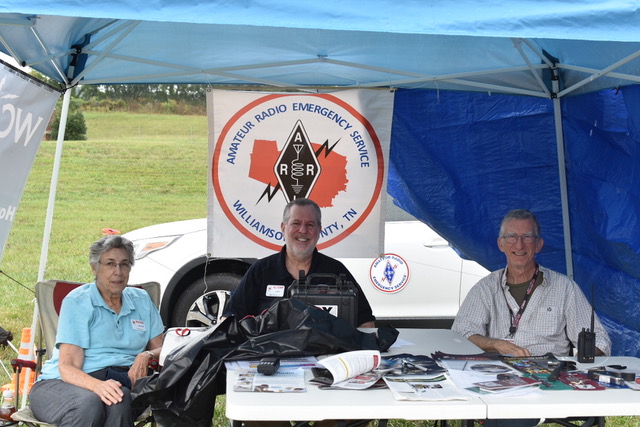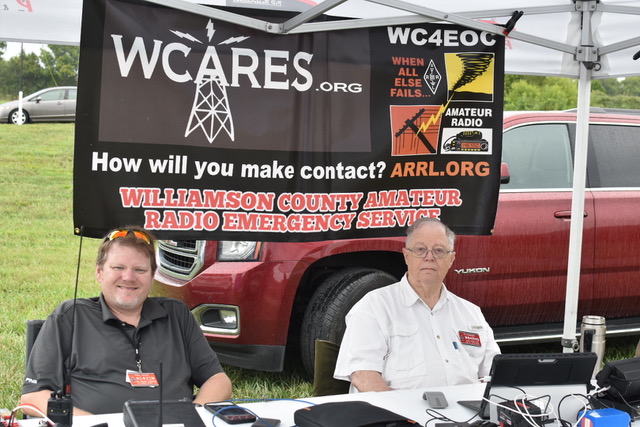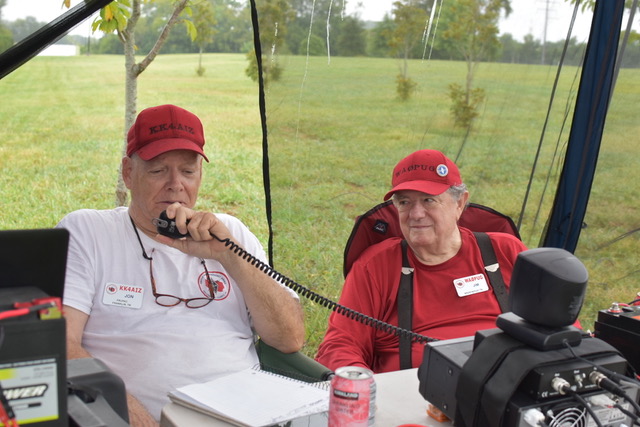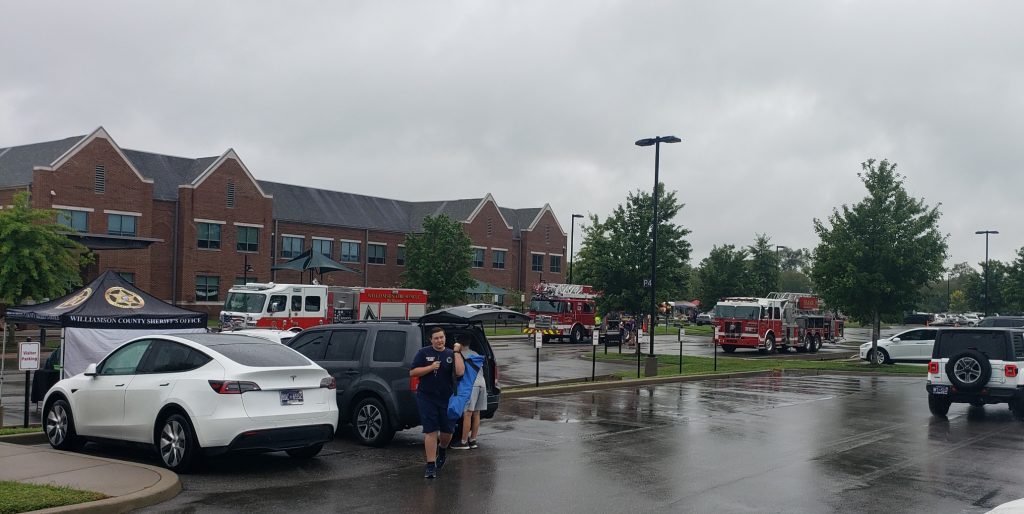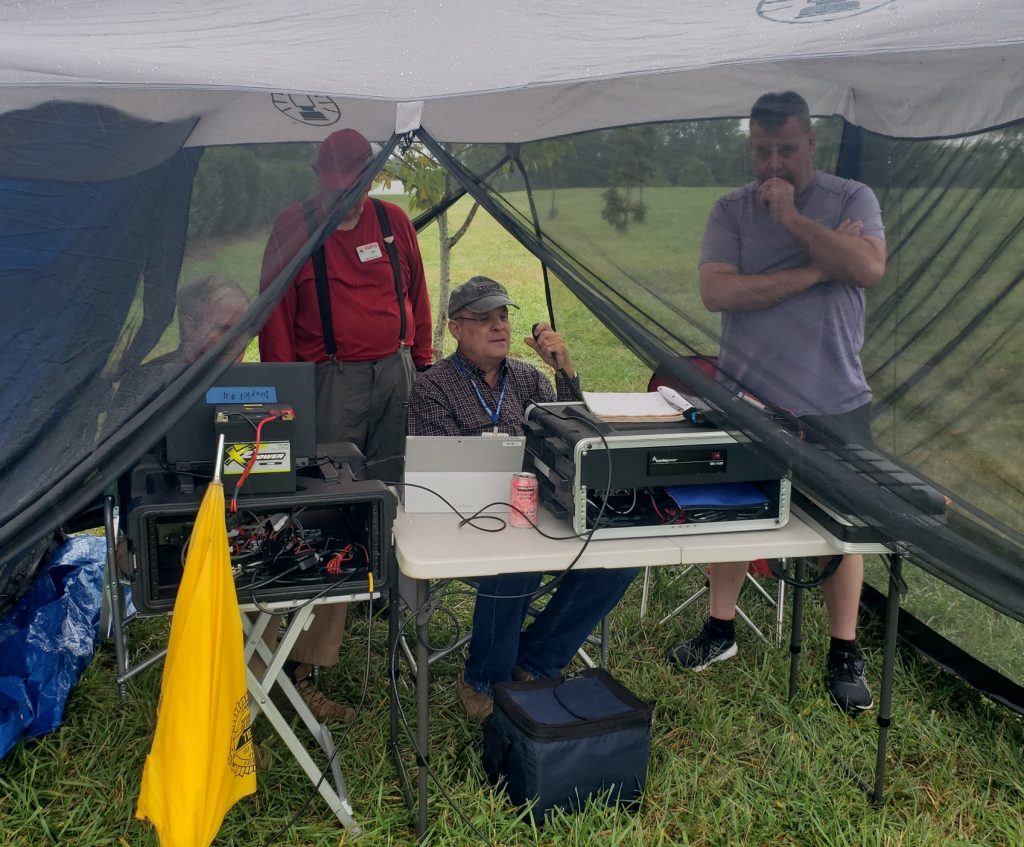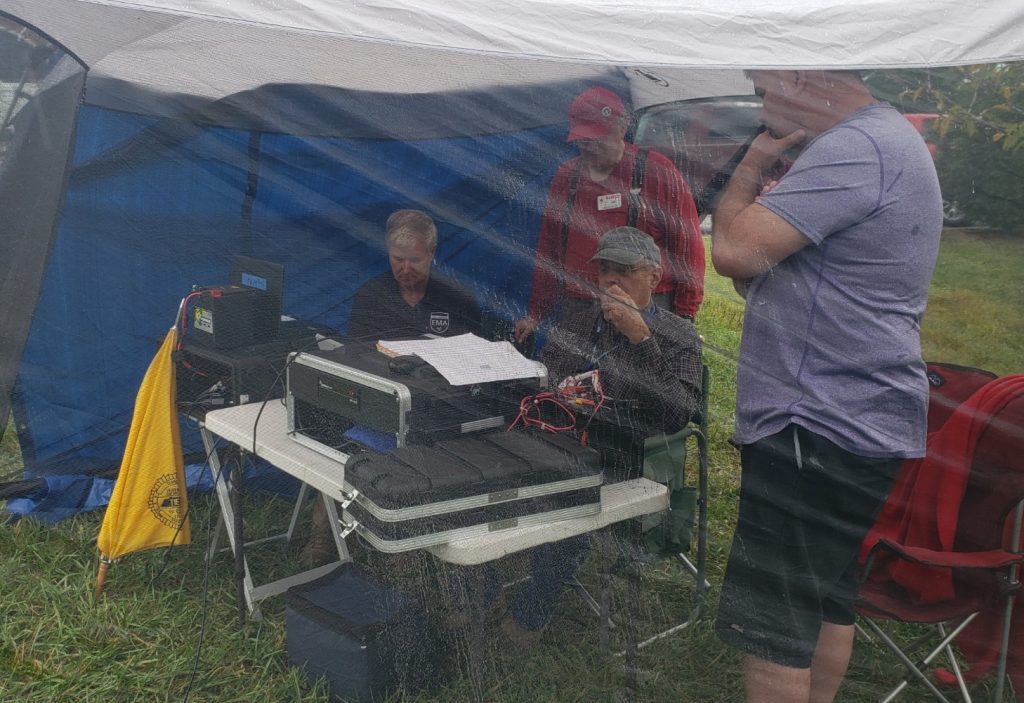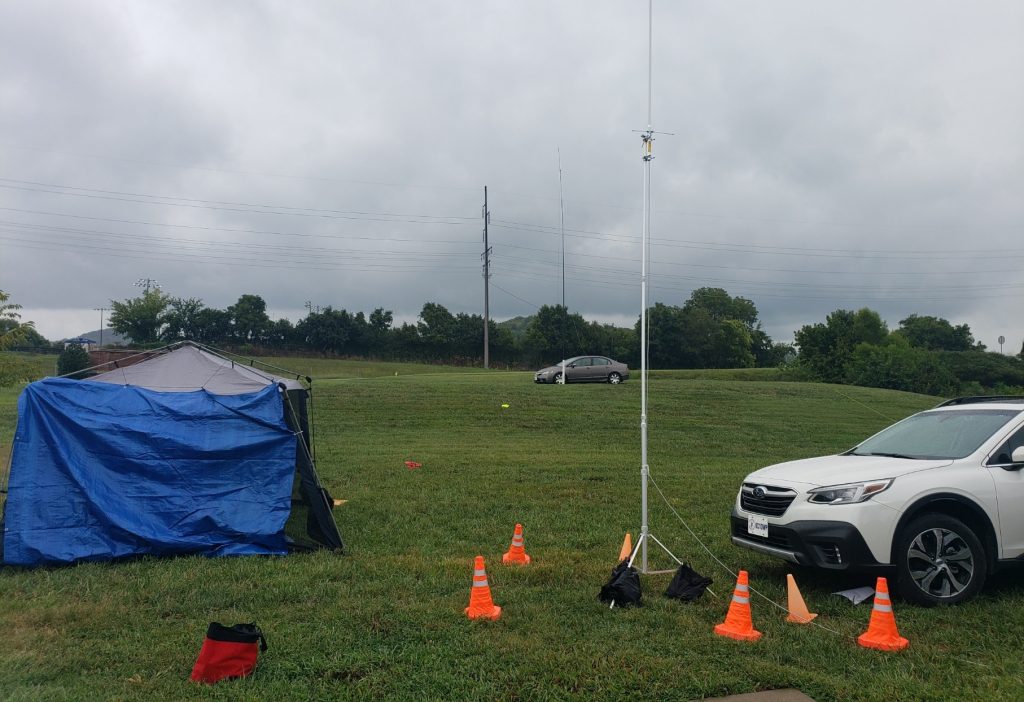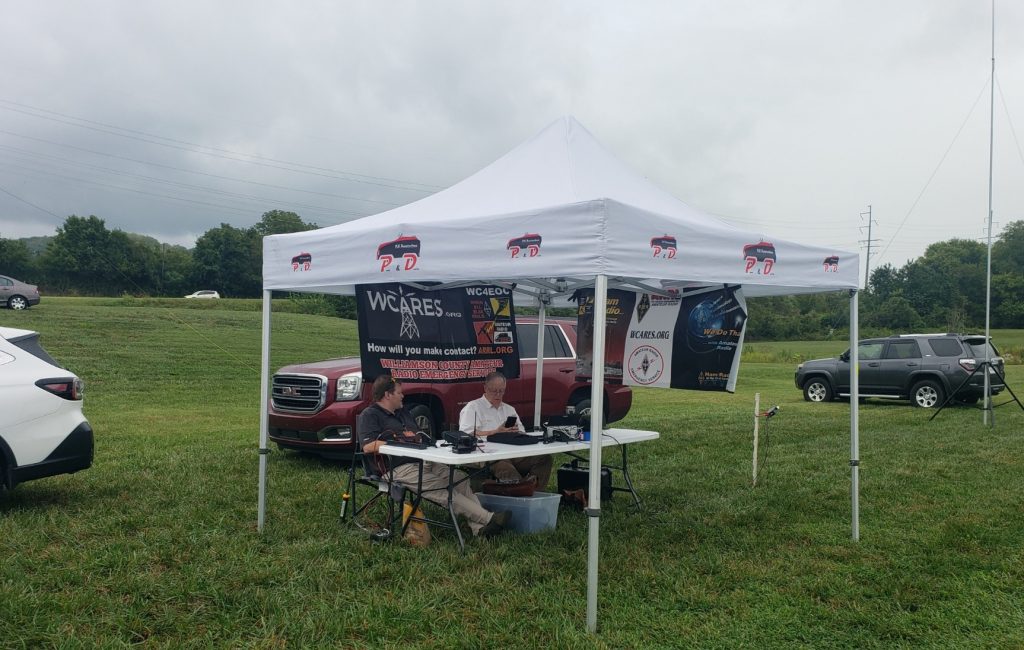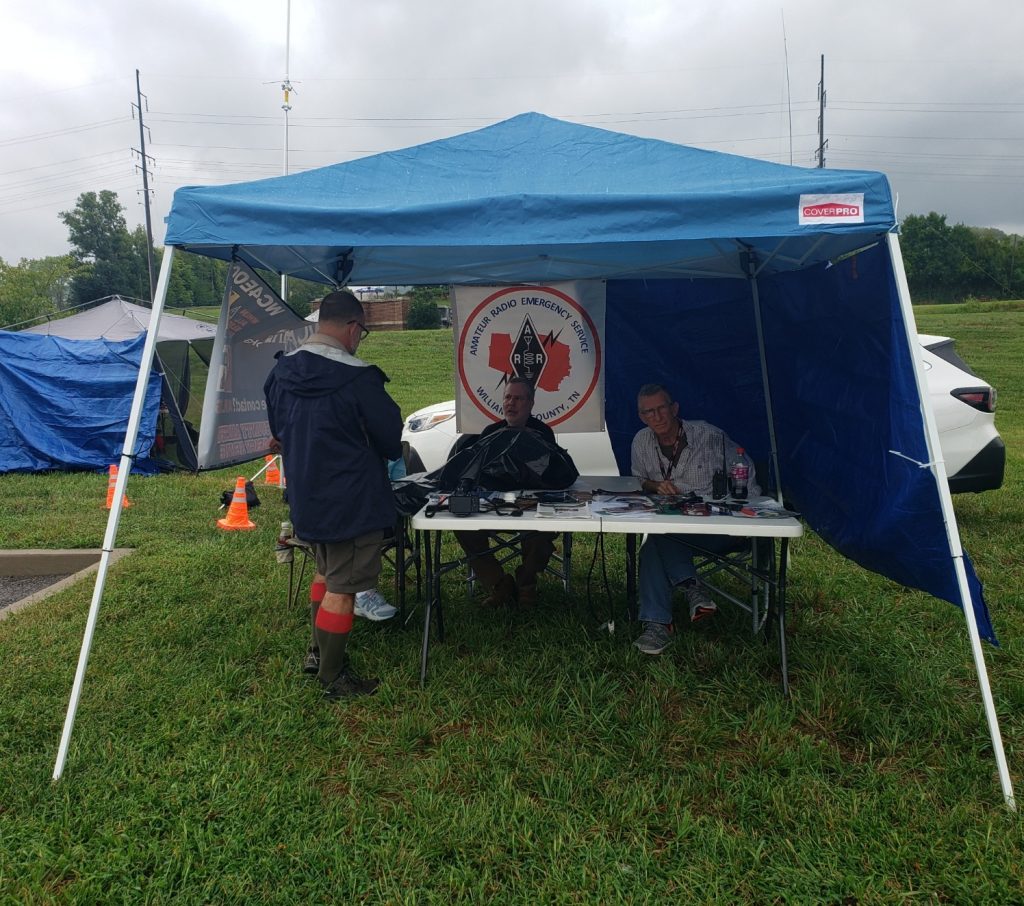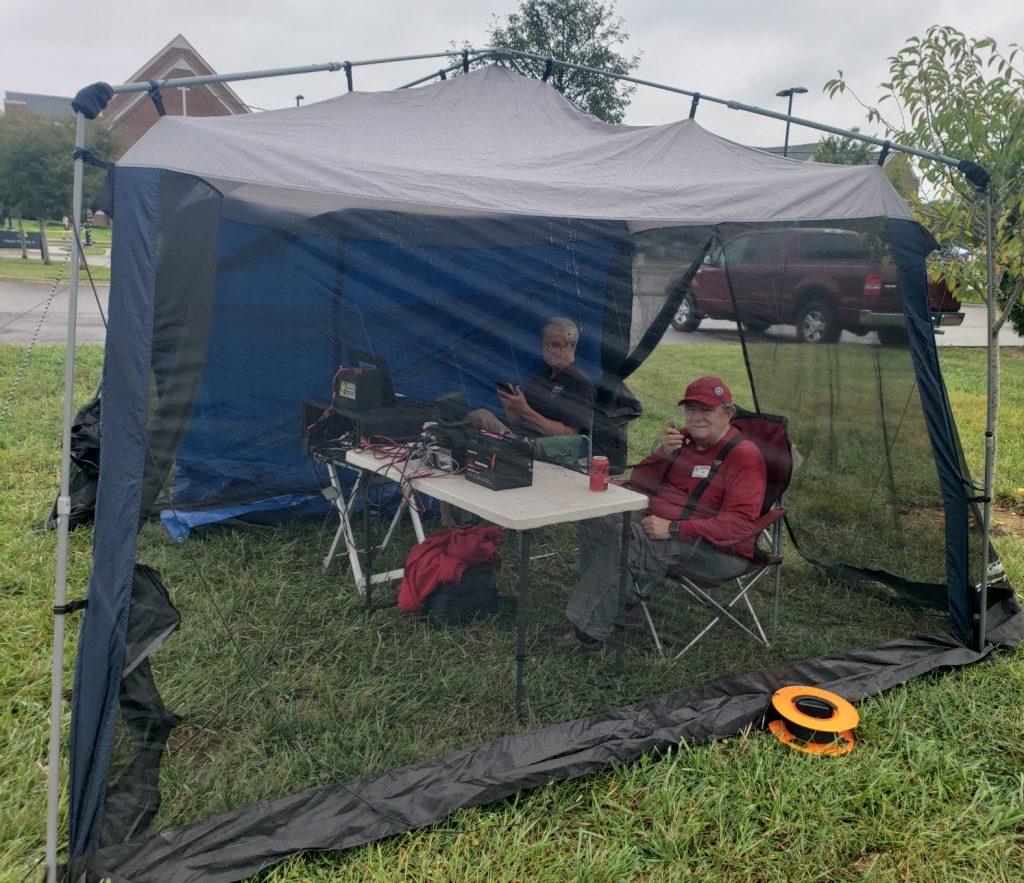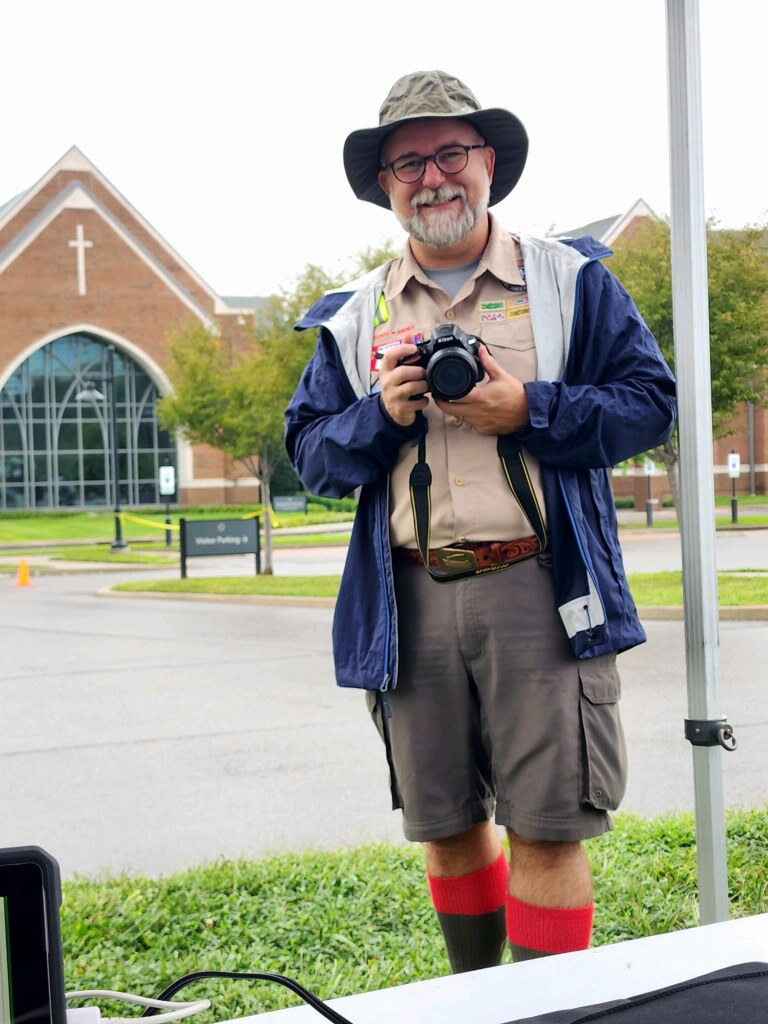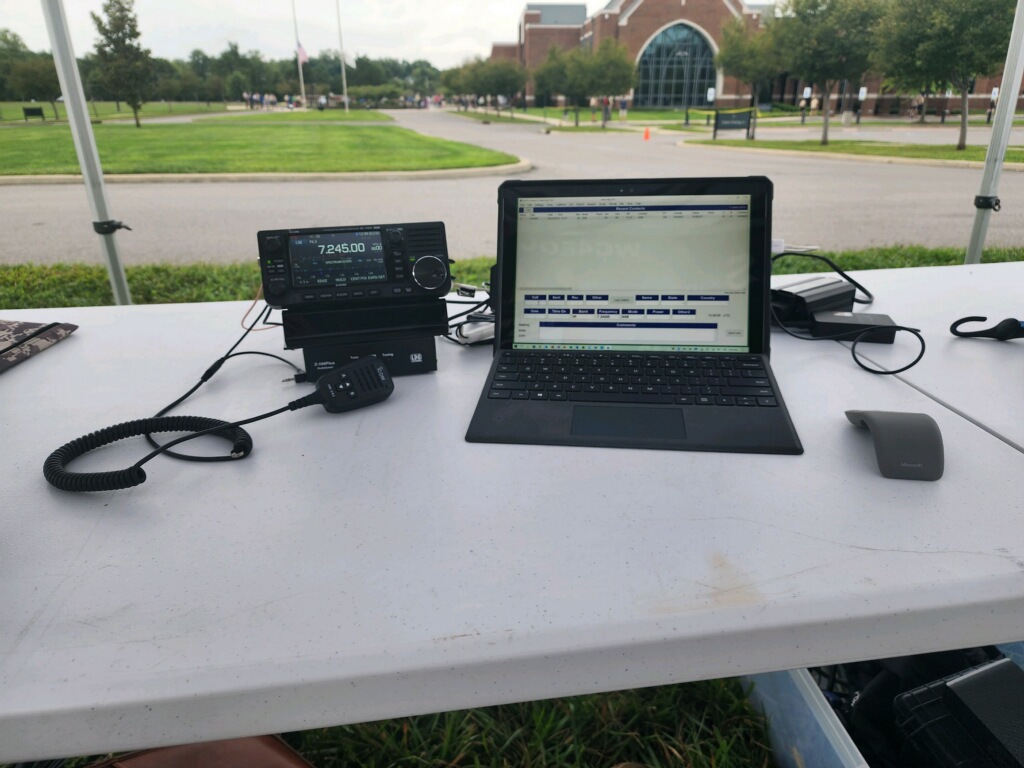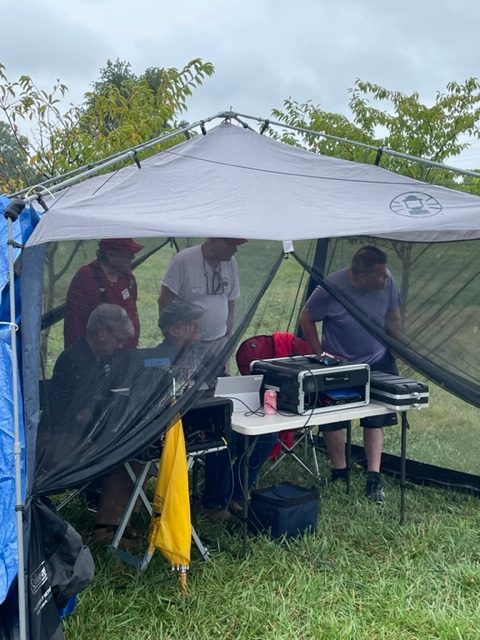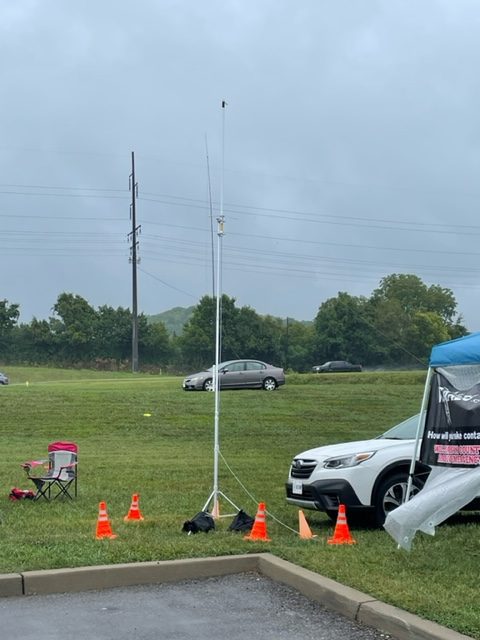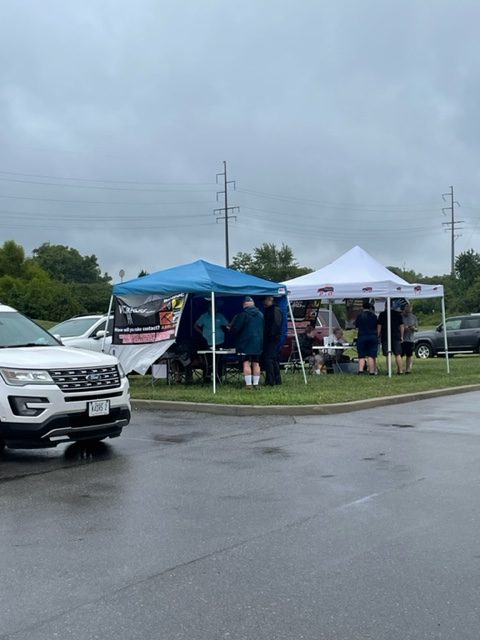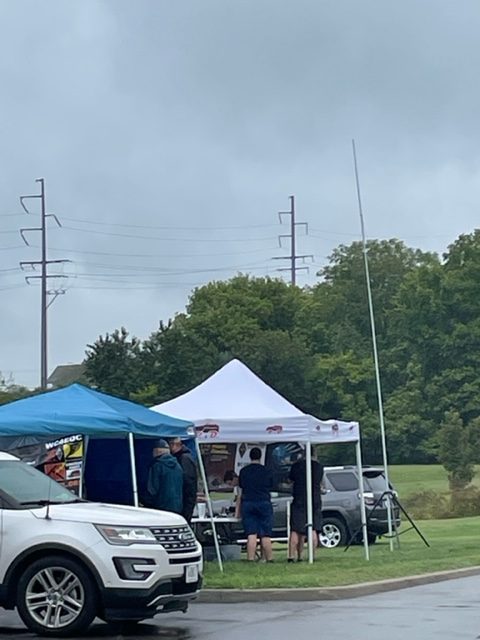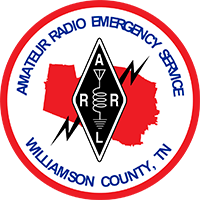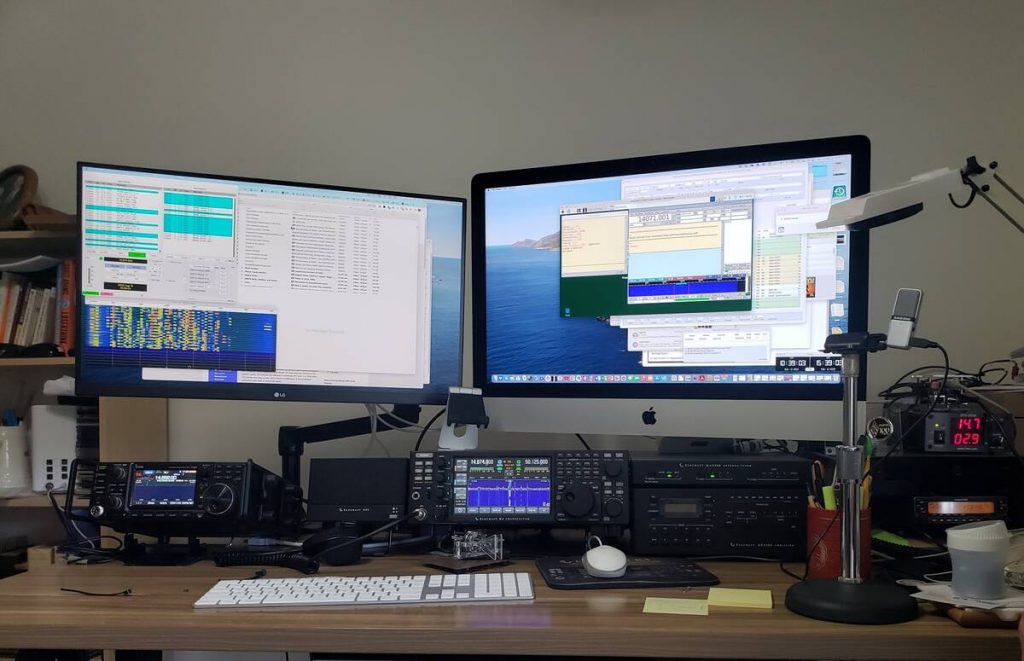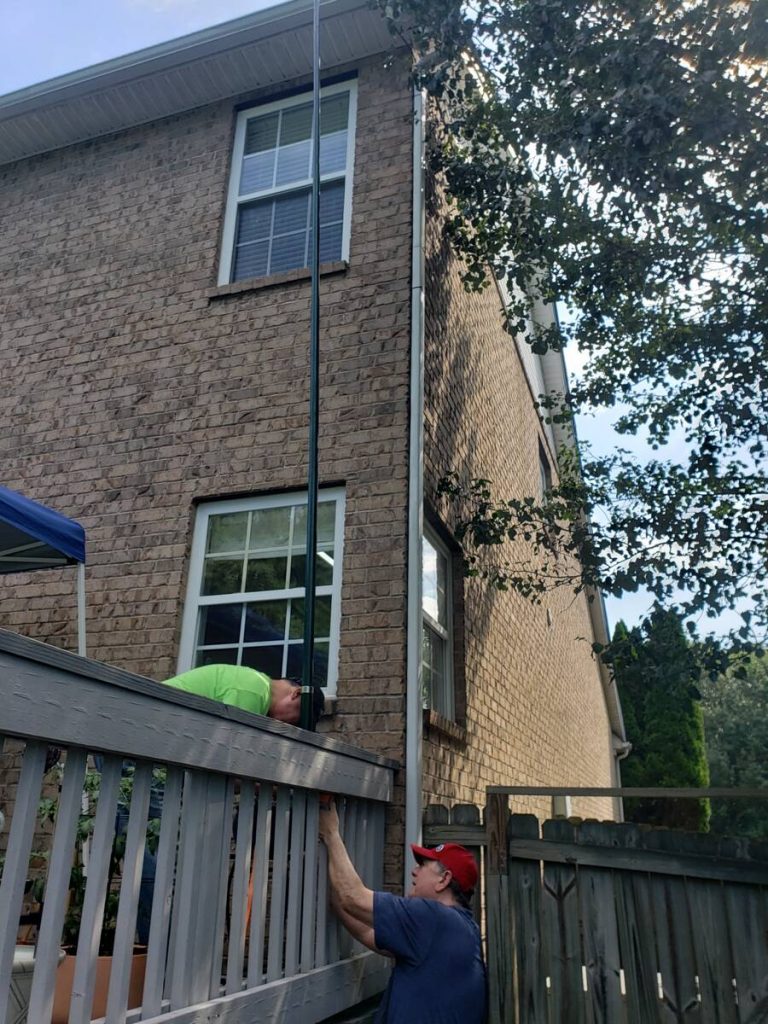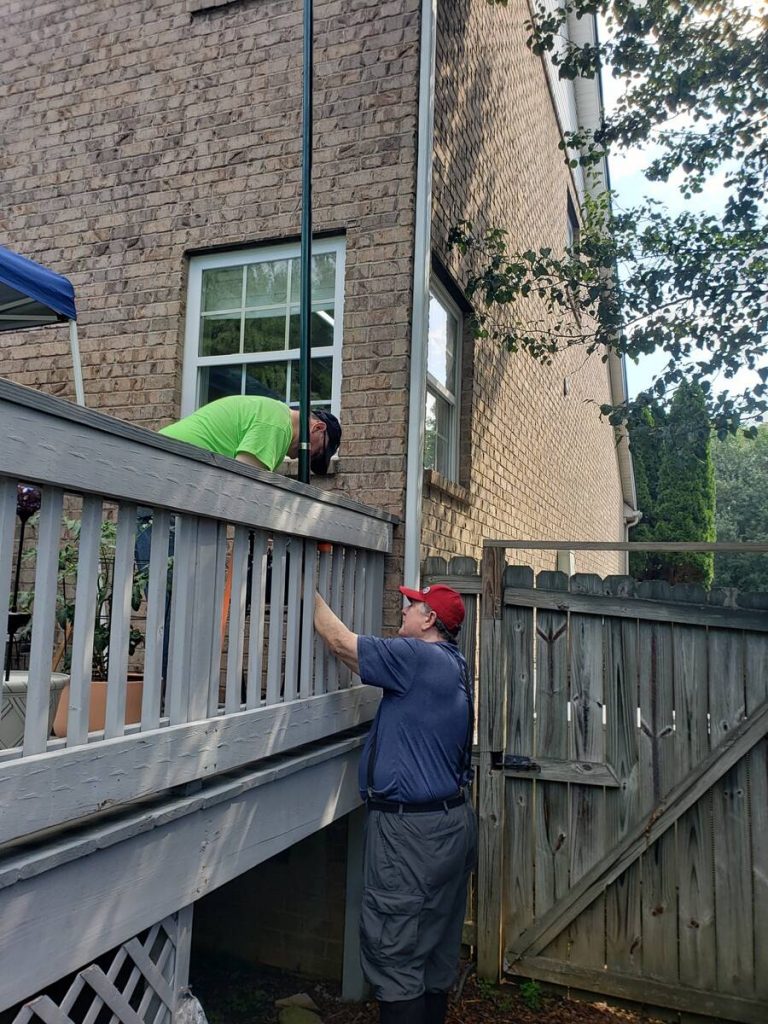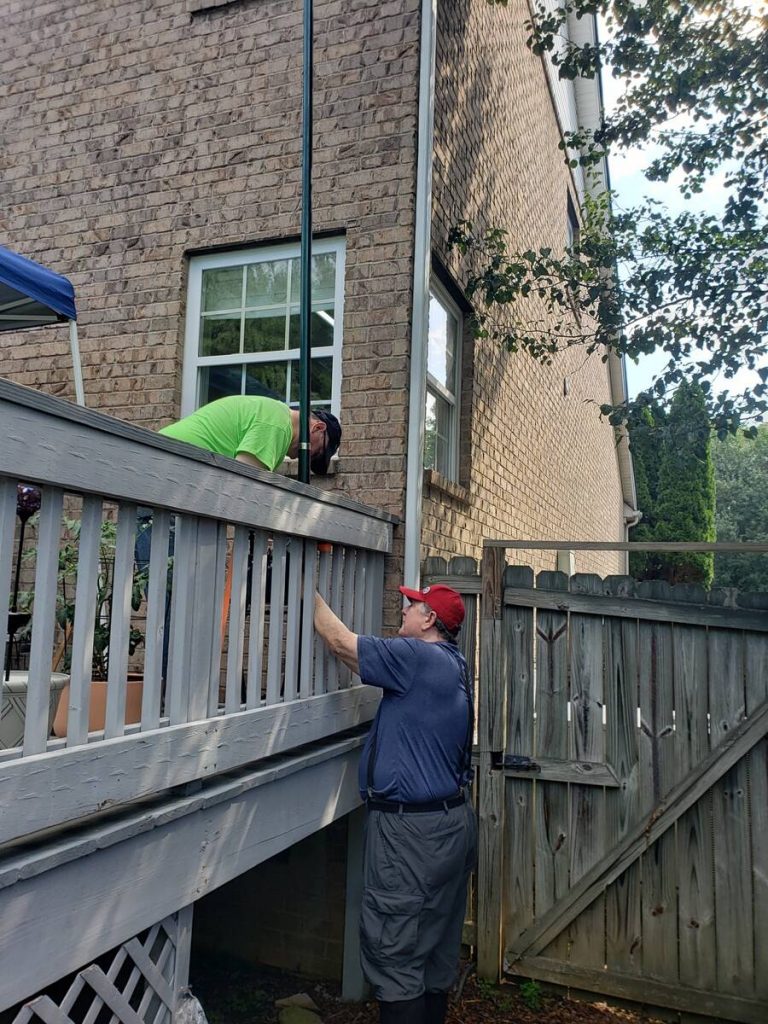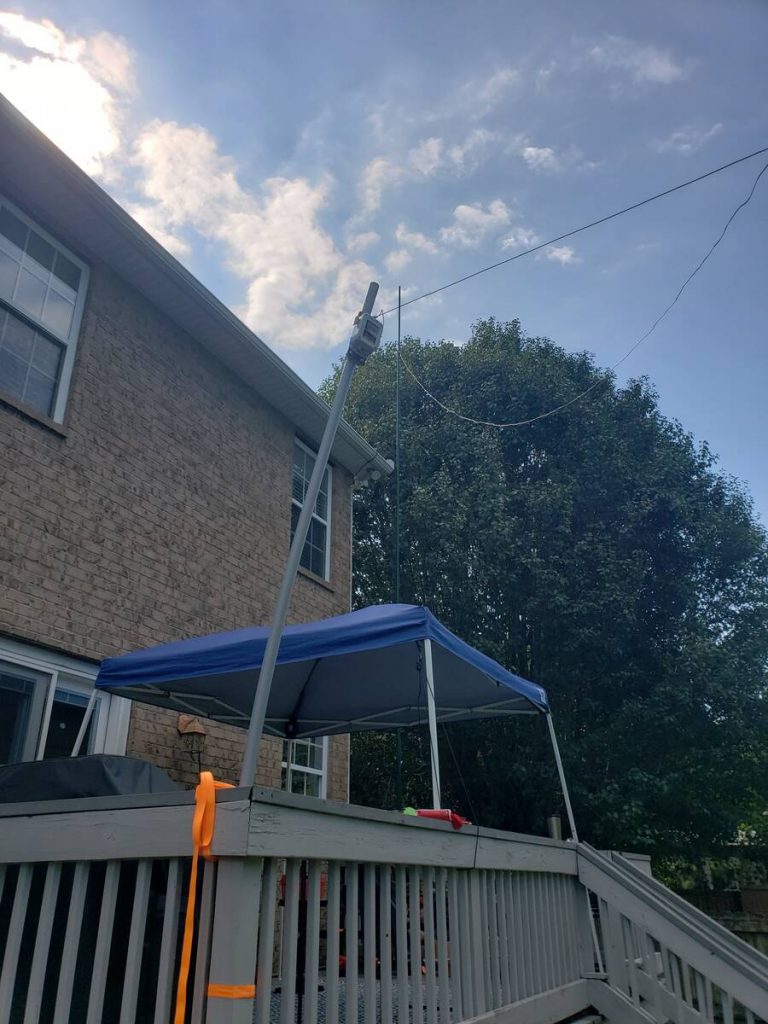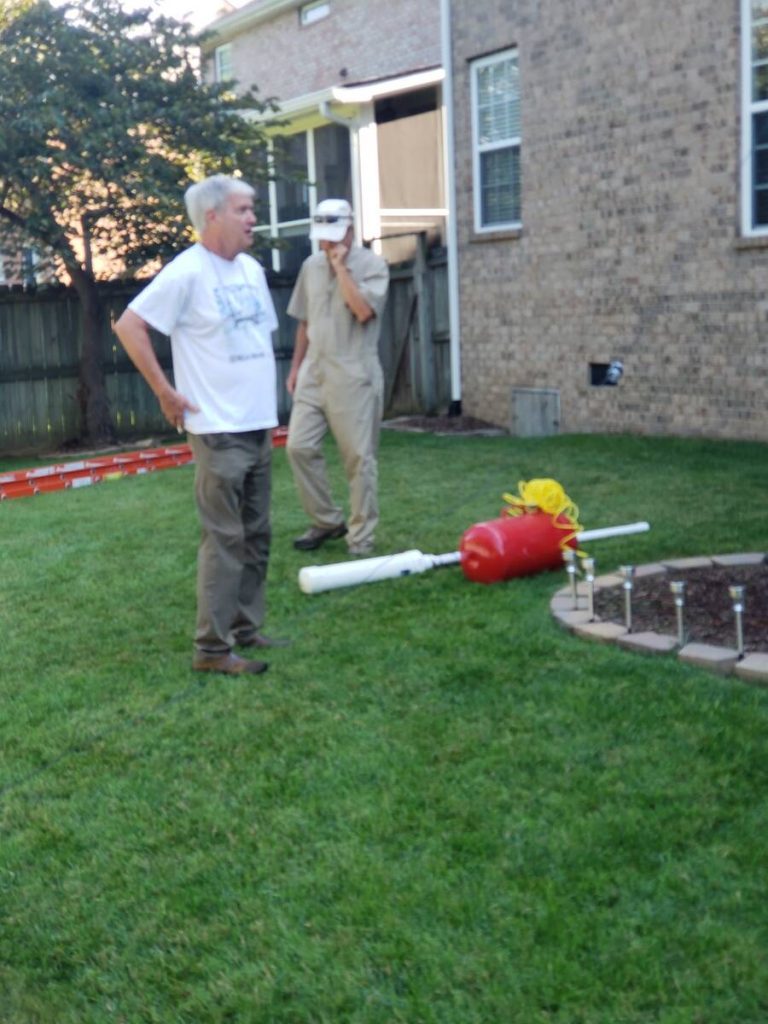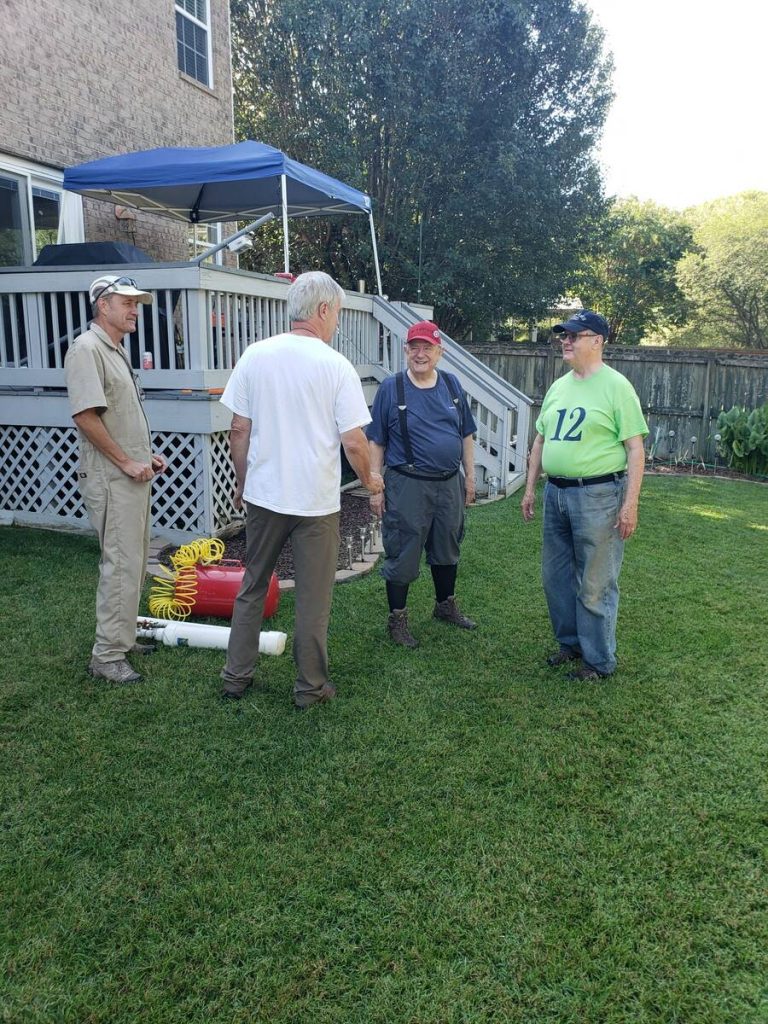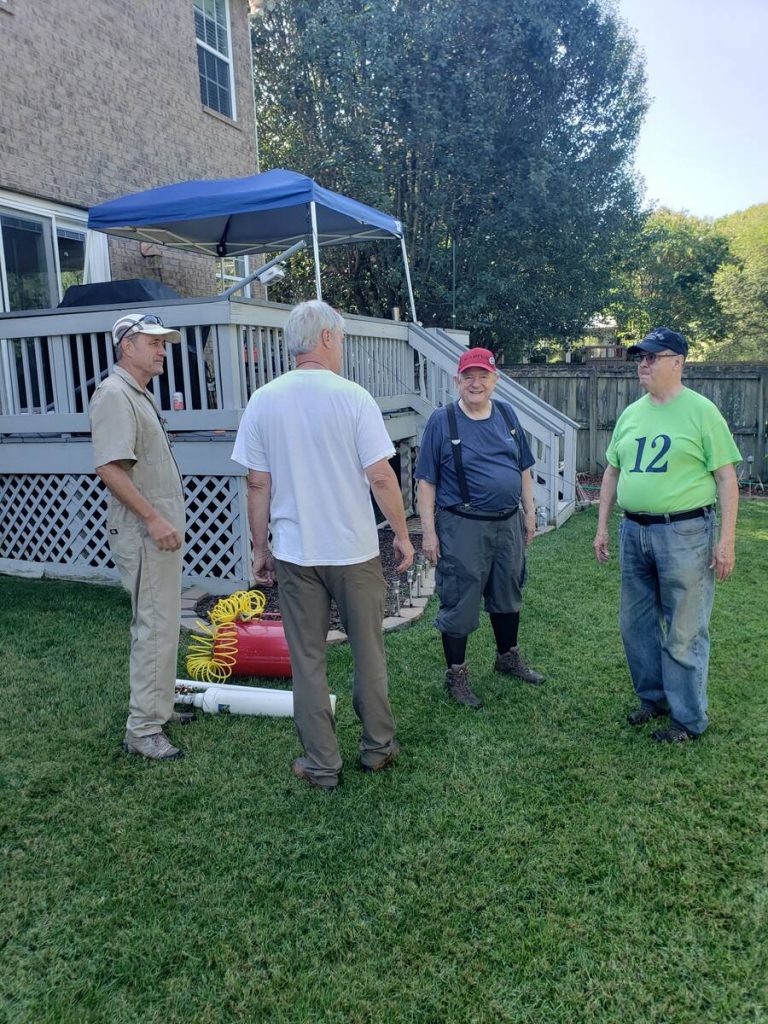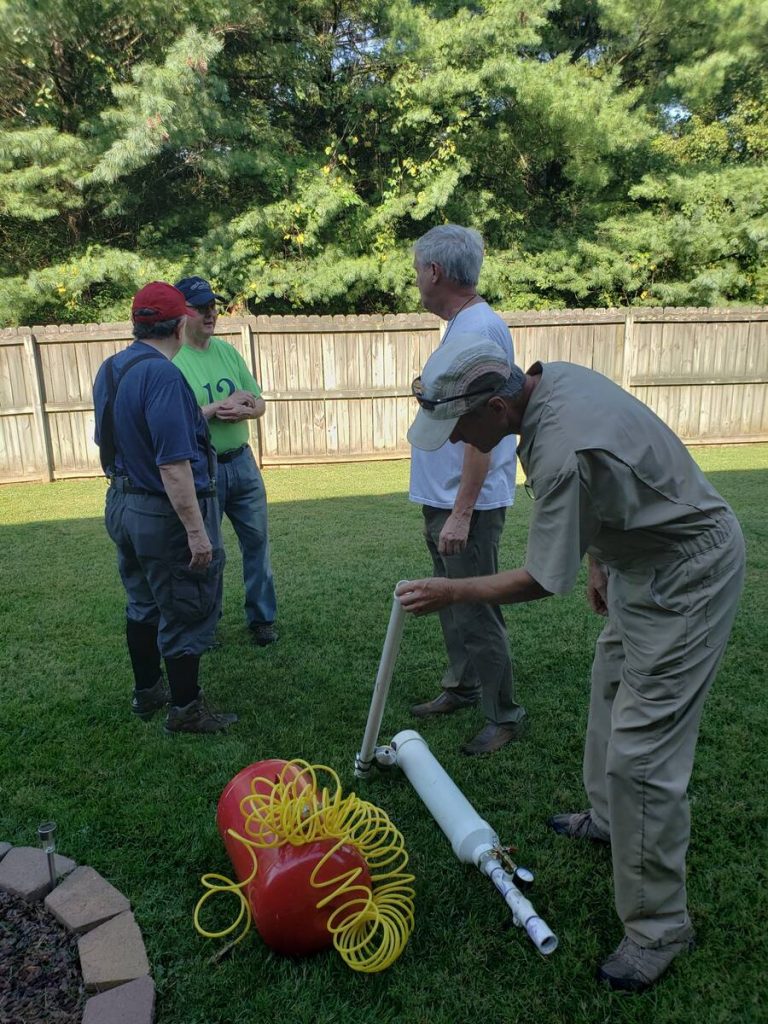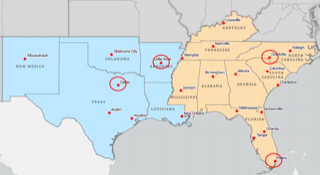From Paul, KM4PT
Congrats! The twenty-four-hour event has come to an end and you’ve got some contacts to contribute to the group score. Awesome.
The ARRL wants you to use their web app form to submit your entry at: https://field-day.arrl.org/fdentry.php
When you go there in your browser, you’re going to be asked to fill out a form AND to submit your contacts.
You can give them your contacts in the form of a Cabrillo formatted log OR a “Dupe Sheet” (which is simply a text file of your contacts categorized by band/mode with the call signs sorted alphabetically).
N3FJP can create Cabrillo files. And, on that same screen where Cabrillo files are created, there is a button labeled “Write Dupe File” that will create a Dupe Sheet for you.
To submit your Field Day entry to the ARRL, do this:
-
Delete any contacts from your log that you know need to be deleted. (This could include any early contacts you created while testing.)
- In the N3FJP software, click the File menu and choose “Write Cabrillo (Contest Submittal) File…”
- In the pop-up form that appears, you can ignore all of those data entry fields! (You’re going to fill out those fields online on the ARRL website.)
- At the bottom of the screen, click the button labeled “Write Dupe File” and you’ll be prompted to save the Dupe Sheet file to your computer. (This is a text file that you can open with Notepad or any text editor.)
- You may also want to click the button labeled “Write / View Summary File” as this file contains a breakdown of the number of contacts per band/mode that you’ll need when filling out the ARRL web form. (You can derive this information from the Dupe Sheet but it’s broken down into a more easily viewable table in the Summary file.)
Okay, you’ve got your Dupe Sheet (or Cabrillo formatting log file) and you may also have your Summary file. It’s time to go to the ARRL Field Day data entry form to submit your entry.
https://field-day.arrl.org/fdentry.php
The one important thing to remember when you submit your entry is to enter “WCARES-TN” in the field labeled Club or Group Name.
Following are the official ARRL rules for Field Day QSO submission
8. Reporting:
8.1. Entries may be submitted to the ARRL via:
8.1.1. Field Day Web App at https://field-day.arrl.org/fdentry.php or
8.2. Entries must be postmarked or submitted by Tuesday July 26, 2022. Late entries cannot be accepted.
8.3. A complete Field Day Web Applet Submission site entry consists of:
8.3.1. An official ARRL summary sheet which is completed via web app at https://field-day.arrl.org/fdentry.php;
8.3.2. Supporting information uploaded via web app. Supporting information must include:
8.3.2.1. An attached list of stations worked by band/mode during the Field Day period (dupe sheet or an alpha/numeric list sorted by band and mode – a Cabrillo log can be submitted in lieu of a Dupe Sheet/Calls list by band/mode); and
8.3.2.2. Proof of all bonus points claimed (copies of visitor logs, press releases, NTS messages handled, photographs, etc).
8.3.2.3 The web app will display a confirmation number and email a confirmation of your Field Day entry to the email address entered via the app. Please be sure to record this confirmation number and/or save the confirmation email.
8.4 While the preferred method of submitting entries is via the Web Applet, entries and/or supporting documentation may alternately be submitted via email to fieldday@arrl.org. A complete non-web-app email submission consists of:
8.4.1. An electronic copy of an ARRL summary sheet completely and accurately filled out;
8.4.2. An attached list of stations worked by band/mode during the Field Day period (dupe sheet or an alpha/numeric list sorted by band and mode); and
8.4.3. Proofs of bonus points claimed (copies of visitor logs, press releases, NTS messages handled, photographs, etc).
8.5. A complete land/postal-mail or delivery non-electronic submission consists of:
8.5.1. A complete and accurate ARRL summary sheet;
8.5.2. An accompanying list of stations worked by band/mode during the Field Day period (dupe sheet or an alpha/numeric list sorted by band and mode); and
8.5.3. Proofs of bonus points claimed (copies of visitor logs, press releases, NTS messages handled, photographs, etc).
8.6. Complete station logs are NOT required for submission, and ARRL does not use the logs. The club should maintain log files for one year in case they are requested by ARRL HQ. However, a list of stations worked sorted by band and mode (dupe sheet) is required.
8.7. Cabrillo format log files are NOT required for Field Day entries, but they will be accepted in lieu of the dupe sheets (but do not constitute an entry unless the web app (or a corresponding summary sheet with complete mailed entry) is also submitted.
8.8. Digital images of proof of bonus points are acceptable.
8.9. Electronic submissions are considered signed when submitted.
If you have other questions please contact Paul Tampien KM4PT (KM4PT@arrl.net) .
